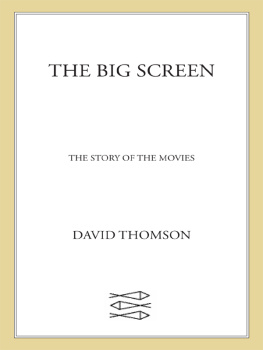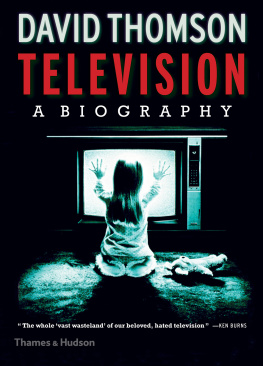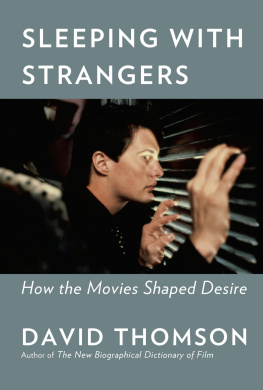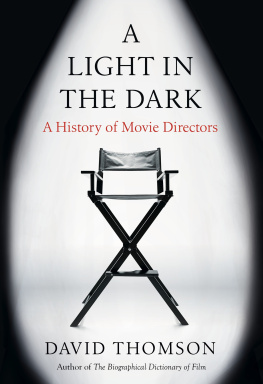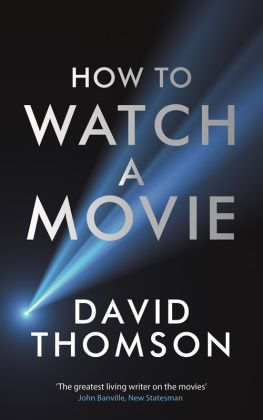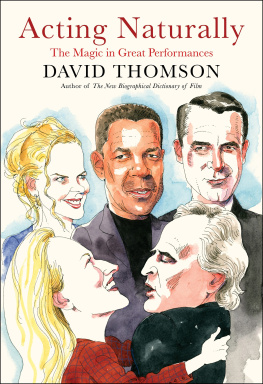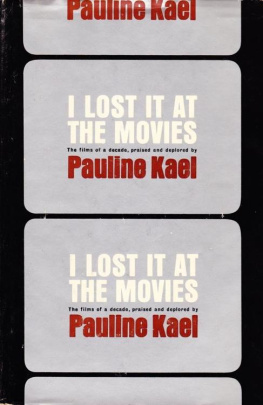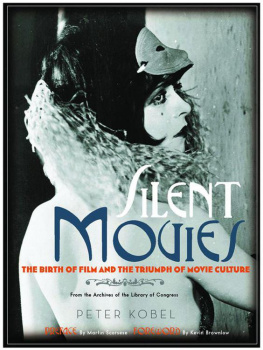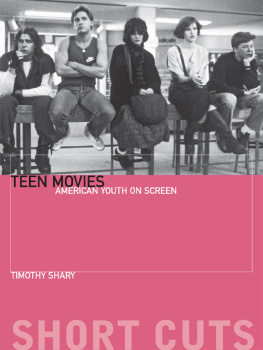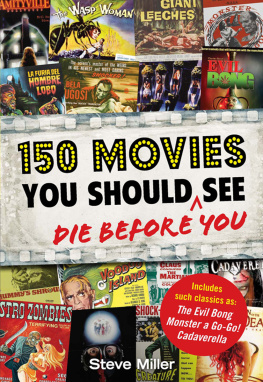David Thomson - The Big Screen: The Story of the Movies
Here you can read online David Thomson - The Big Screen: The Story of the Movies full text of the book (entire story) in english for free. Download pdf and epub, get meaning, cover and reviews about this ebook. year: 2012, publisher: Farrar, Straus and Giroux, genre: Non-fiction. Description of the work, (preface) as well as reviews are available. Best literature library LitArk.com created for fans of good reading and offers a wide selection of genres:
Romance novel
Science fiction
Adventure
Detective
Science
History
Home and family
Prose
Art
Politics
Computer
Non-fiction
Religion
Business
Children
Humor
Choose a favorite category and find really read worthwhile books. Enjoy immersion in the world of imagination, feel the emotions of the characters or learn something new for yourself, make an fascinating discovery.
- Book:The Big Screen: The Story of the Movies
- Author:
- Publisher:Farrar, Straus and Giroux
- Genre:
- Year:2012
- Rating:5 / 5
- Favourites:Add to favourites
- Your mark:
The Big Screen: The Story of the Movies: summary, description and annotation
We offer to read an annotation, description, summary or preface (depends on what the author of the book "The Big Screen: The Story of the Movies" wrote himself). If you haven't found the necessary information about the book — write in the comments, we will try to find it.
The Big Screen tells the enthralling story of the movies: their rise and spread, their remarkable influence over us, and the technology that made the screensmaller now, but ever more ubiquitousas important as the images it carries.
The Big Screen is not another history of the movies. Rather, it is a wide-ranging narrative about the movies and their signal role in modern life. At first, film was a waking dream, the gift of appearance delivered for a nickel to huddled masses sitting in the dark. But soon, and abruptly, movies began transforming our societies and our perceptions of the world. The celebrated film authority David Thomson takes us around the globe, through time, and across many mediamoving from Eadweard Muybridge to Steve Jobs, from Sunrise to I Love Lucy, from John Wayne to George Clooney, from television commercials to streaming videoto tell the complex, gripping, paradoxical story of the movies. He tracks the ways we were initially enchanted by movies as imitations of lifethe stories, the stars, the lookand how we allowed them to show us how to live. At the same time, movies, offering a seductive escape from everyday reality and its responsibilities, have made it possible for us to evade life altogether. The entranced audience has become a model for powerless and anxiety-ridden citizens trying to pursue happiness and dodge terror by sitting quietly in a dark room.
Does the big screen take us out into the world, or merely mesmerize us? That is Thomsons question in this grand adventure of a book. Books about the movies are often aimed at film buffs, but this passionate and provocative feat of storytelling is vital to anyone trying to make sense of the age of screensthe age that, more than ever, we are living in.
David Thomson: author's other books
Who wrote The Big Screen: The Story of the Movies? Find out the surname, the name of the author of the book and a list of all author's works by series.

